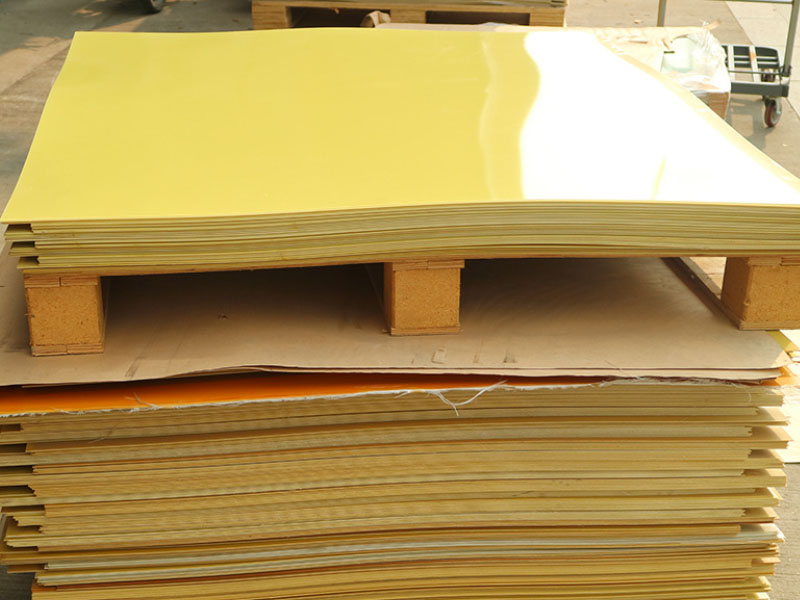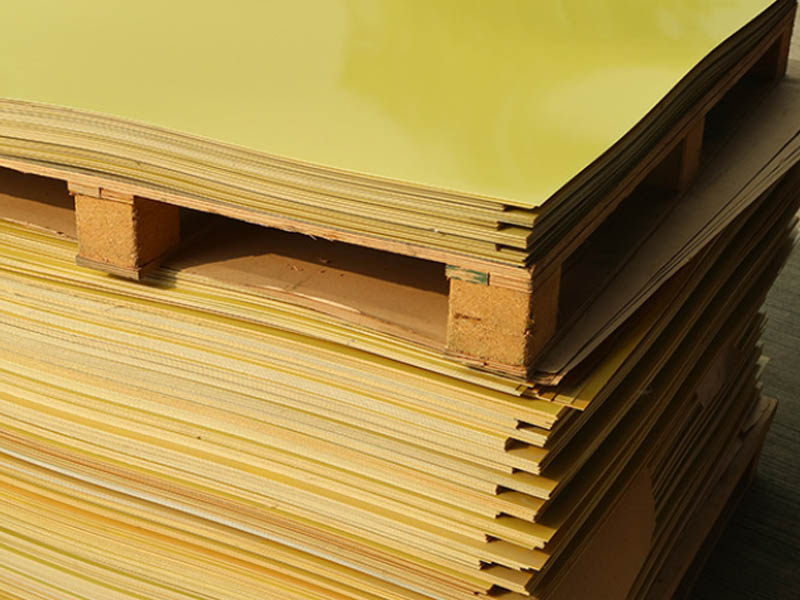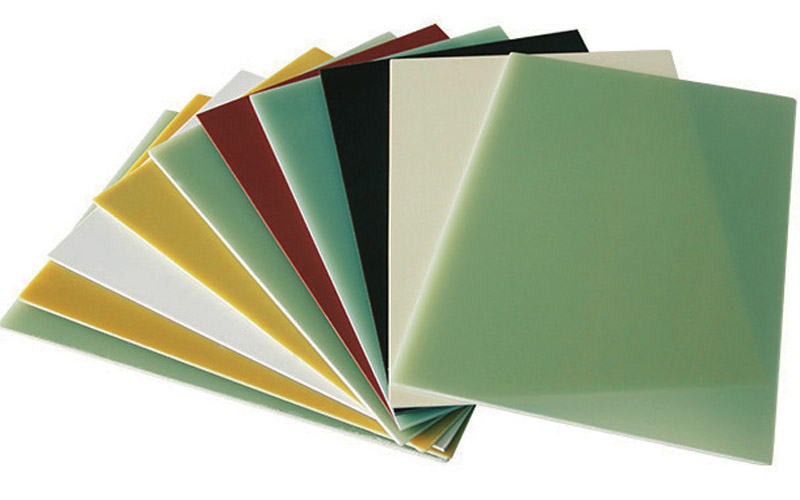Recent Posts
Epoxy gasketis a kind of high temperature resistant anti-corrosion sealing gasket, which can directl···
22/01/2025
Epoxy boardis a commonly used material now, and the raw materials for production include epoxy resin···
01/12/2024
Epoxy boardis a commonly used electronic and electrical material, which has the characteristics of h···
20/06/2024
G10 Materialis a composite material composed of glass fiber cloth and epoxy resin. It was originally···
15/11/2023
How to Design Parts for CNC MachiningDesigning parts forCNC machiningrequires a keen understanding o···
11/10/2023
Understanding CNC Machining PartsThe world of manufacturing has been revolutionized by the advent of···
24/08/2023
How to solve the problems in the processing epoxy board?
Epoxy board is a commonly used material now, and the raw materials for production include epoxy resin, glass fiber cloth, etc. It is a composite material that needs to be pressed at high temperatures. In the production process, there will be problems such as surface flower, board core black, surface area glue, etc., problems and solutions that are easy to occur in the process of epoxy board pressing.

1. Flowering on the surface. The reasons for this problem are uneven resin flow, damp glass cloth, and long preheating time. Resin with moderate fluidity should be used and the heating time should be well controlled.
2. The core of the board is black and the surrounding is white. This is caused by the excessive volatility of the resin, and the problem lies in the step of dipping.
3. Surface cracks. The thinner the board, the more prone to this problem. The crack may be caused by thermal stress, or it may be caused by excessive pressure and untimely pressure. The solution is to adjust the temperature and pressure.
4. Surface area glue. This is prone to occur in thick plates, where the thickness of the plate is large and the temperature transfer is slow, resulting in uneven resin flow.

5. Plate layering. This may be caused by poor resin adhesion or too old glass cloth. The reason is that the quality is too poor, and it is replaced by high-quality raw materials.
6. The sheet slides out. Too much glue can cause this problem, and the ratio of glue is very important.
7. Plate warping. Thermal expansion and cold contraction are physical laws. If it is hot and cold, the internal stress will be destroyed and the product will be deformed. During production, the heating and cooling time should be sufficient.




